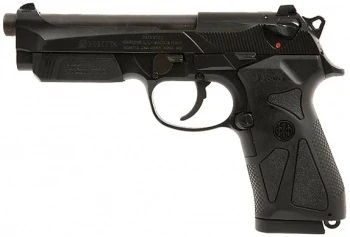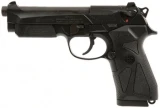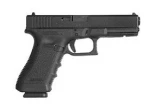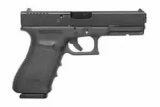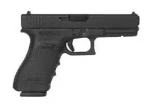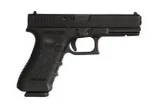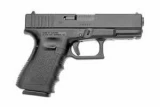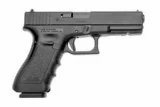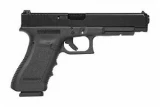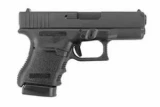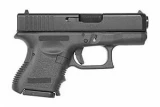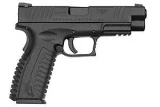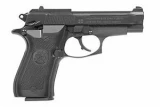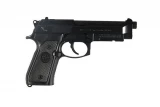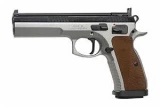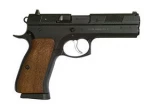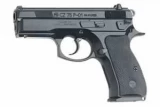Beretta 90-TWO vs Österreichischen Waffenfabriks-Gesellschaft Mannlicher 1901
Put handguns head to head to compare caliber and more.
|
$409.85
|
vs |
$0.00
|
| Handguns | Beretta 90-TWO | Österreichischen Waffenfabriks-Gesellschaft Mannlicher 1901 |
|---|---|---|
| Summary | ||
| Rating | ||
| Rank | ||
| Action | Double Action | |
| Caliber | 9x19mm Parabellum | |
| Capacity | 17+1 | 17+1 |
| Sights | Night Sights | Front Blade |
| Barrel Length | 4.9" | 5.5" |
| Finish | Black | Stainless Steel |
| Gun Type | Pistol | Pistol |
| Details | ||
| Brand | Beretta | |
| Reviews | See 20 Reviews | N/A |
| Prices | ||
| MSRP | $413.85 | $0.00 |
| Used Price | $289.70 | $0.00 |
| Sale Price | $372.47 | $0.00 |
Handguns Descriptions
Beretta 90-TWO
The newly designed frame of 90two pistol ensures trouble-free insertion and holster extraction, thanks to its rounded and truly snag-free surfaces. Inside the frame, near the disassembly lever, a metallic recoil buffer reduces the impact of the slide assembly against the frame during the shooting cycle. By redistributing the stresses, the recoil buffer increases the service life of the firearm. Trigger guard is also rounded to ensure, when firing with two hands, the correct positioning of the supporting hand.
Österreichischen Waffenfabriks-Gesellschaft Mannlicher 1901
The Mannlicher M1901 was a semi-automatic, delayed blow-back pistol made by Österreichische Waffenfabriks-Gesellschaft (later known as Stey-Mannlicher) , Steyr, Austria. 4,000 of them were made betwen 1901 and 1905. Mannlicher M1901 was not adopted by the Austro-Hungarian army but many officers were purchasing them privately. The M1901 is a delayed blowback. On firing, the slide runs back against the pressure of the recoil spring until the lever in the slot on the right side is forced downward. This is resisted by the pressure of the mainspring so that resistance additional to that of the return spring has to be overcome. The slide cocks the hammer as it runs back, movement of the hammer, by way of the mainspring, places even more pressure on the retarding lever. This adds friction to the slide, retarding its motion and absorbing some of the recoil energy. The slide returns alter reaching the end of its stroke and chambers a fresh round from the magazine. The magazine, integral in the butt, is loaded from a charger through the open action. A catch can usually be pressed to expel the contents of the magazine upward through the open action.

